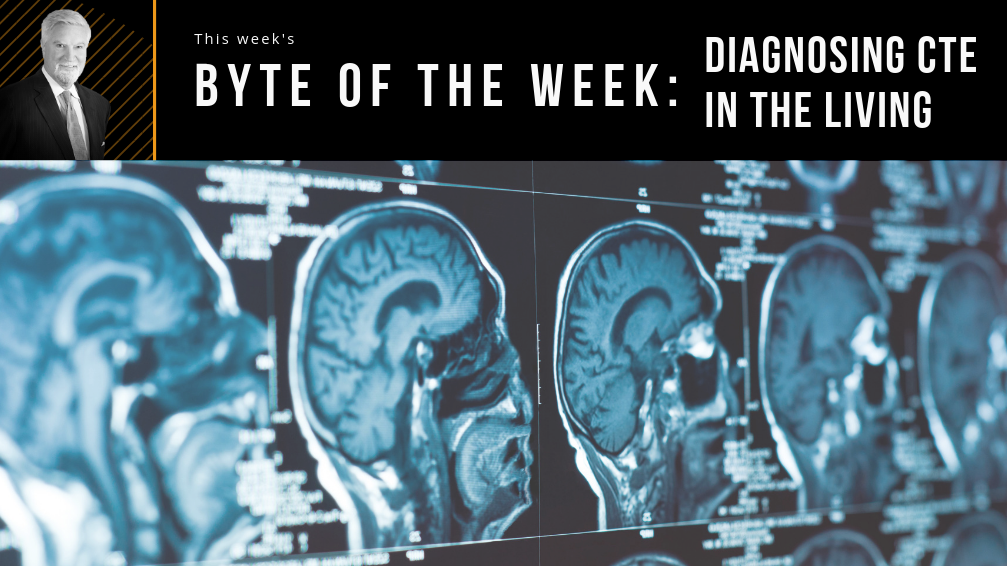It has been more than a decade since the first case of chronic traumatic encephalopathy or CTE was reported in a former NFL player. Since then, there has been much scientific progress around this neurodegenerative disease. But the biggest advance is when we will be able to test and diagnose CTE in the living in a few years.
There are a lot of unknowns and misconceptions about the disease because it can only be detected after death. For the sport of football, such a test would be a watershed moment because it would give players and their families real-time results, affording them time to intervene with treatment or to just walk away from the sport.
The NBA pioneered preventive testing in 2006 when they began to require cardiac screening in response to player deaths and controversies.
The NBA’s decision to mandate cardiac screening has brought awareness to health conditions previously undiagnosed in its players. You may remember when Isaiah Austin, the former Baylor star, was found in NBA pre-draft medical testing to have Marfan syndrome, a connective tissue disorder which can affect the heart and eyes.
Although Isaiah could not pursue an NBA career due to his diagnosis, we are all grateful for tests that revealed his condition and possibly saved his life.
The ability to detect CTE in the living will be a great win for player safety – and a game changer in the way contact sports are managed.






